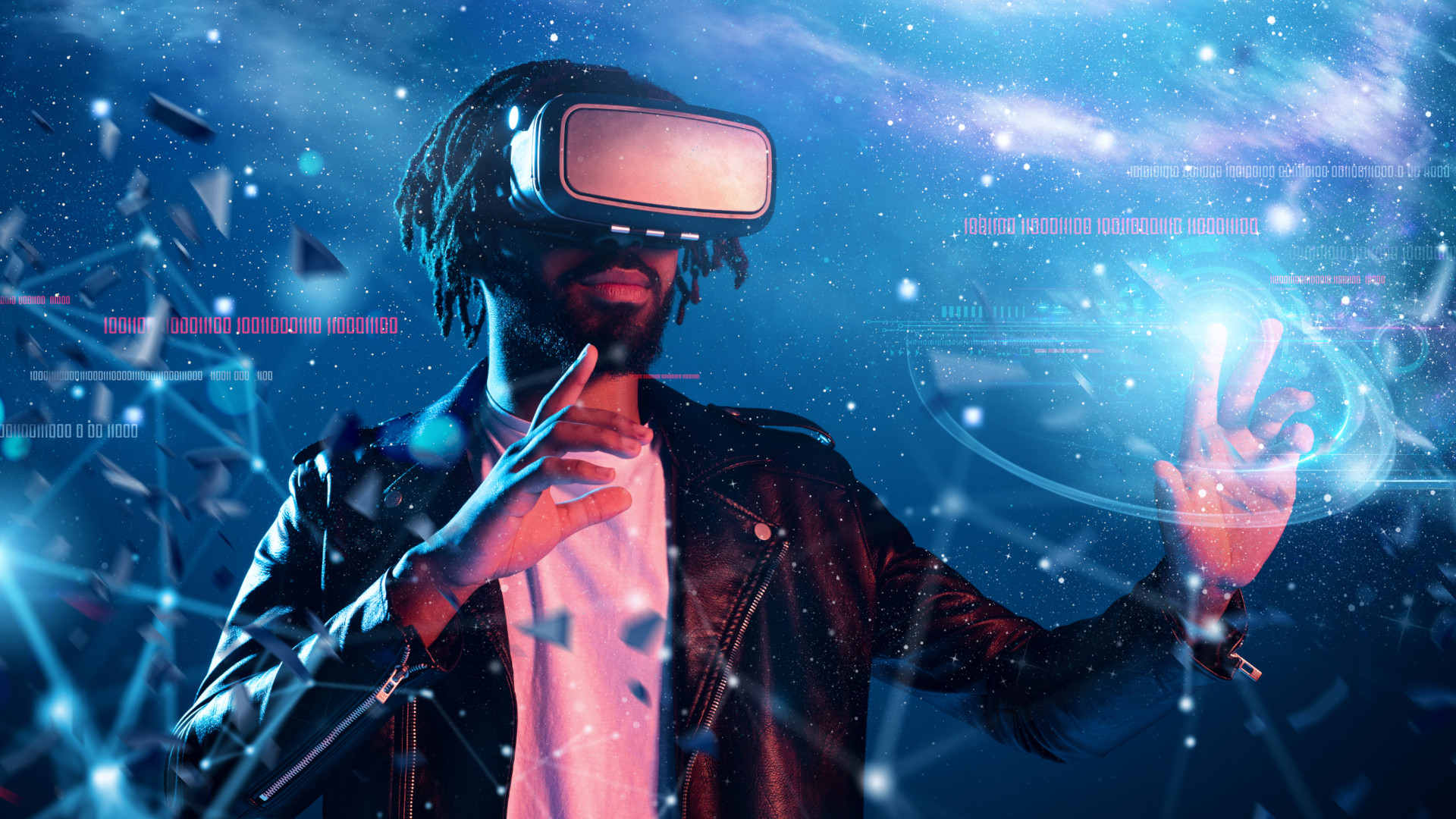Unveiling MPEG-I: The next generation of VR and AR audio
MPEG-I redefines immersive VR/AR audio with lifelike, dynamic 3D realism

As virtual and augmented reality edge closer to mainstream adoption, the race is on to make immersive experiences truly lifelike – and not just visually, but sonically.
Enter MPEG-I immersive audio, a new global standard set to redefine how sound shapes our experiences of digital worlds.
Head of Immersive Audio Standardization and Research at Nokia.
Recently finalized by the MPEG Audio group, the standard defines how sound behaves in 3D spaces, enabling natural, dynamic, and realistic audio for virtual and augmented reality.
From sports, gaming, training and live concerts to virtual travel and immersive social experiences, MPEG-I sets the foundation for a new era. One where immersive audio is as authentic and accessible as the visuals that surround it.
Breaking down the innovation
The new standard supports full six-degrees-of-freedom movement – meaning sound adjusts naturally as you turn, walk or look around – while staying lightweight enough for efficient streaming and real-time rendering.
It models realistic acoustic environments, including early reflections, reverberation, occlusion, diffraction, and Doppler effects, making navigation in VR/AR more authentic.
The modelling capabilities of MPEG-I immersive audio will help make high-quality immersive experiences more accessible and widespread for creators, developers, and end users.
Sign up to the TechRadar Pro newsletter to get all the top news, opinion, features and guidance your business needs to succeed!
Imagine hearing the roar of a crowd shift realistically as you walk through a virtual stadium, or a virtual concert that reacts as you move through the space. The standard will enable lifelike audio experiences in VR and AR, ensuring interoperability across devices and service ecosystems to boost efficiency and reduce costs in production.
In both AR and VR, the user is completely immersed in the surrounding acoustic environment and can navigate the sound scene while audio sources stay in their respective positions.
While VR audio reproduction takes you to completely imaginary acoustic environments, in AR reproduction, your physical sound environment is complemented with additional virtual sounds in a plausible manner.
The technology driving the standard
Imagine entering a dark cave in the metaverse. As you walk, your footsteps produce realistic echoes that bounce off the stone walls, with the sound subtly changing based on the cave’s size and shape.
Nokia has contributed cutting-edge audio technologies to MPEG-I immersive audio across three main areas: late reverberation rendering, augmented reality (AR) support and rendering of multiple HOA captures.
The late reverberation in MPEG-I immersive audio is the first immersive version for VR and AR applications that can automatically configure itself for physical acoustic environments, and supports connected environments.
AR support is enabled by the listening space information interface, and makes it possible for applications to configure the virtual representation of the physical listening space.
Finally, rendering of multiple HOA signal captures enables end-users to experience full fidelity 6DoF environments, which have been captured live without costly pre-production.
MPEG-I immersive audio automatically creates a continuous audio scene from HOA signal captures made at discrete positions in the audio scene recording area.
MPEG-I immersive audio aims to make new VR/AR and extended reality applications possible, where immersive audio reproduction automatically configures itself to the space the is being captured or modelled.
The next step in standardization
Standardized immersive audio technologies are unlocking new possibilities and target markets. Important first steps are already being made to enable the reference rendering software to run in consumer mobile devices, making it possible for users to experience novel AR & VR experiences on their Android devices.
Further work is in progress to enable capturing spatial audio for MPEG-I immersive audio with mobile devices eventually enabling consumers to capture complete 6DoF scenes.
The next step in standardization is to develop the rendering technologies even further based on the feedback from the application developers for key use cases.
Driving uptake for early standard adopters and content creators will be key to capturing insights to understand how the audio industry can advance to drive forward the future of immersive audio for individual consumers, businesses, and across industries.
We've featured the best headset for working from home.
This article was produced as part of TechRadarPro's Expert Insights channel where we feature the best and brightest minds in the technology industry today. The views expressed here are those of the author and are not necessarily those of TechRadarPro or Future plc. If you are interested in contributing find out more here: https://www.techradar.com/news/submit-your-story-to-techradar-pro
Head of Immersive Audio Standardization and Research at Nokia.
You must confirm your public display name before commenting
Please logout and then login again, you will then be prompted to enter your display name.